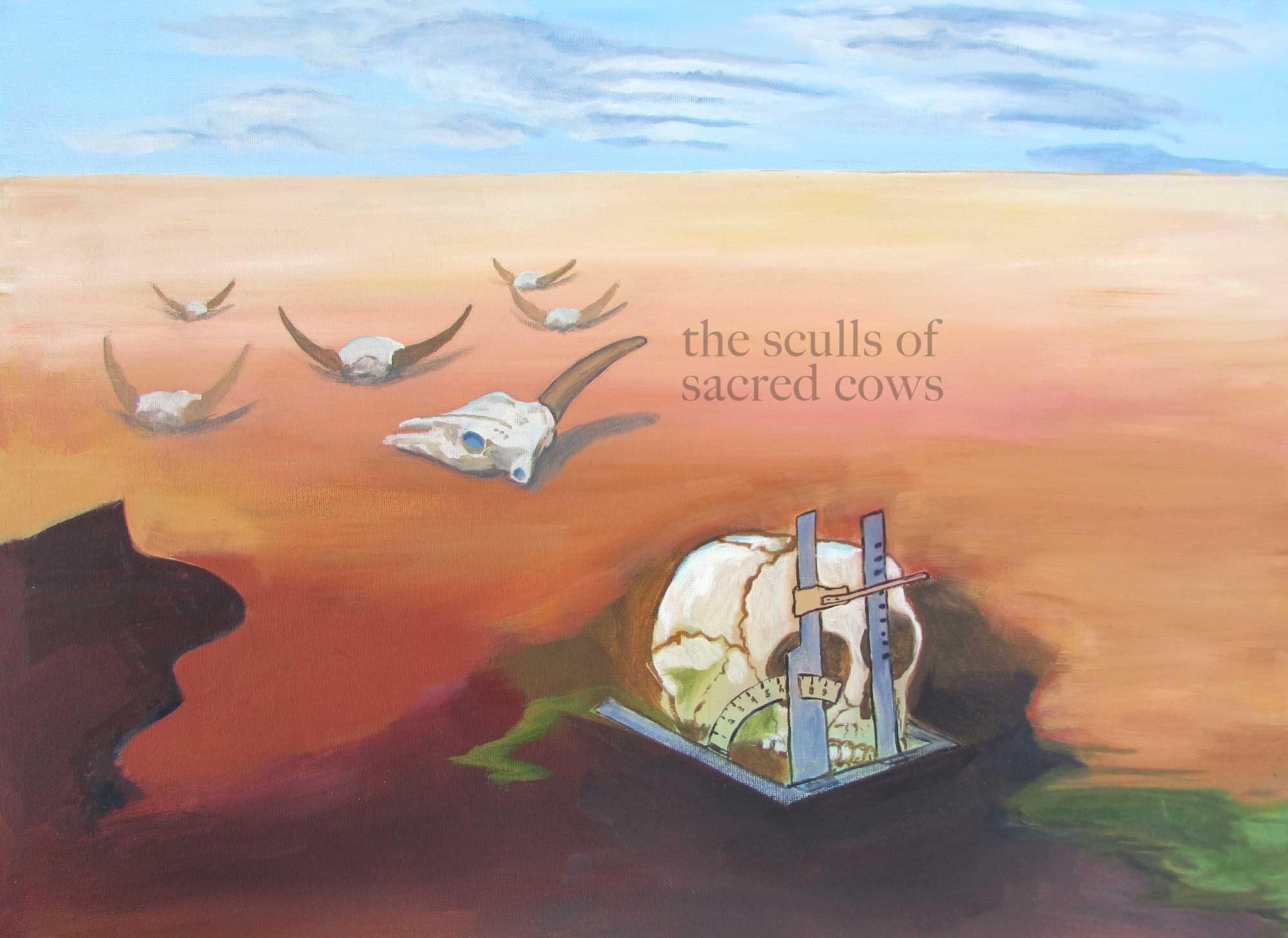The DADA art movement of the early 1900s began as a protest movement against WWI. It used absurdity to point out the brutality of the war. In addition to being anti-war, DADA was also anti-bourgeois and had political affinities with the radical left. The last paragraph of one DADA manifesto declared:
Elegant and unprejudiced leap from a harmony to the other sphere; trajectory of a word tossed like a screeching phonograph record; to respect all individuals in their folly of the moment: whether it be serious, fearful, timid, ardent, vigorous, determined, enthusiastic; to divest one’s church of every useless cumbersome accessory; to spit out disagreeable or amorous ideas like a luminous waterfall, or coddle them—with the extreme satisfaction that it doesn’t matter in the least – with the same intensity in the thicket of core’s soul pure of insects for blood well-born, and gilded with bodies of archangels. Freedom: DADA DADA DADA, a roaring of tense colors, and interlacing of opposites and of all contradictions, grotesques, inconsistencies:
LIFE.
The Dada Manifesto (1918) by Tristan Tzara
“Their aim was to destroy traditional values in art and to create a new art to replace the old.” The Tate Art Museum
It’s been about one hundred years since DADA was introduced. I can’t begin to place myself in the league of the people who declared the DADA manifesto. But we need an art movement now that is willing to go to the extremes they went to in order to effect change. A return to DADA sensibilities could help draw attention to the lies and absurdities of this political era.
The artists in the DADA movement believed art should make a statement. Not a statement like, “I’m rich and famous.” But a statement like, “Wake Up!”
